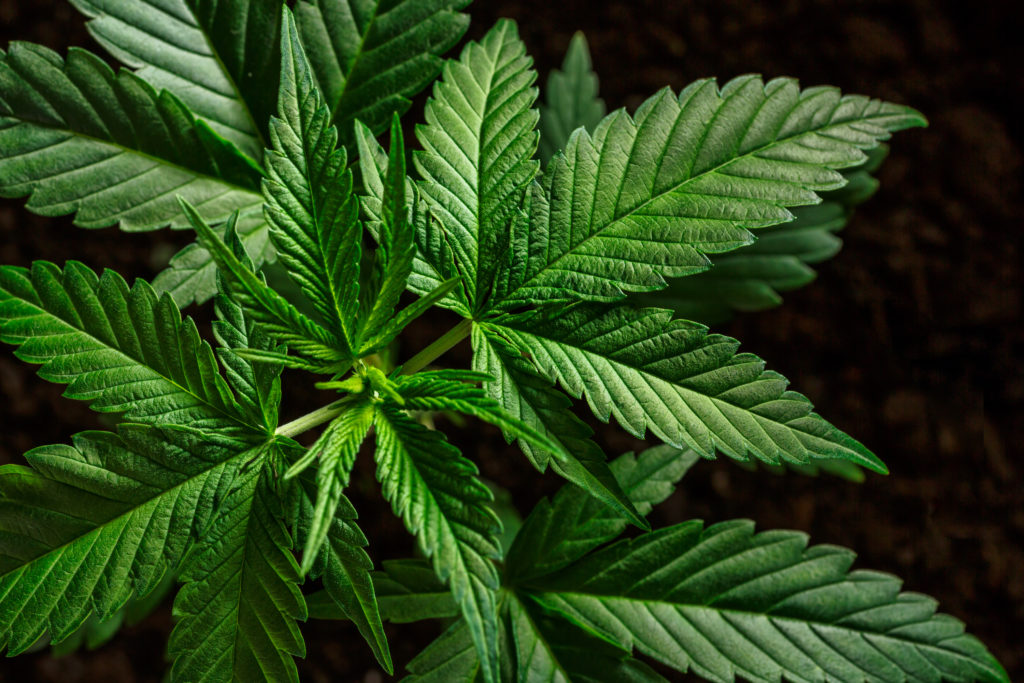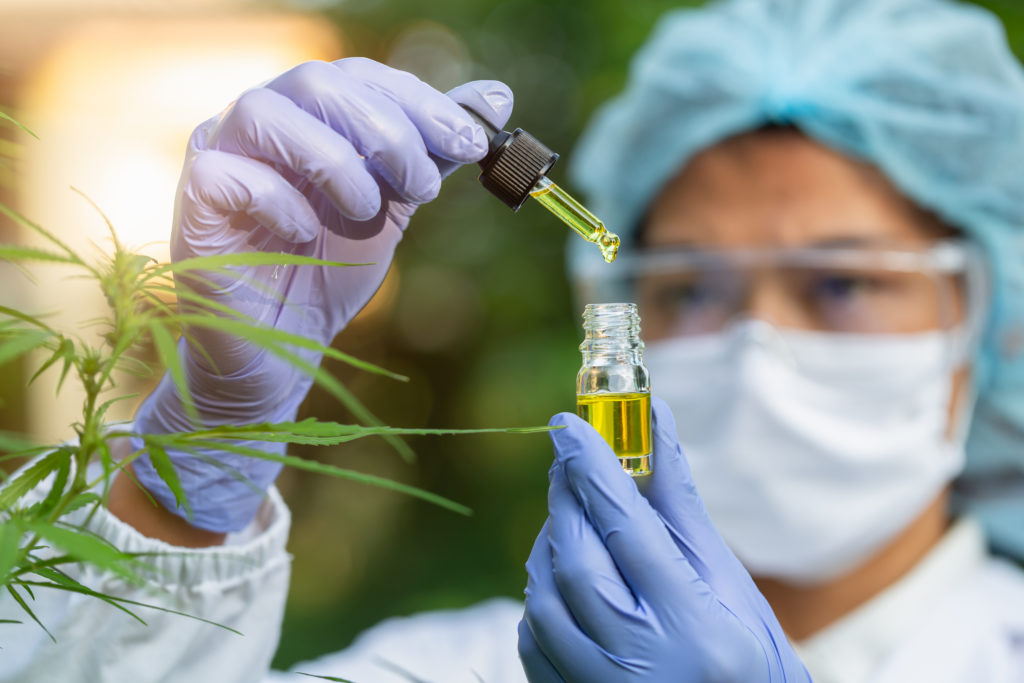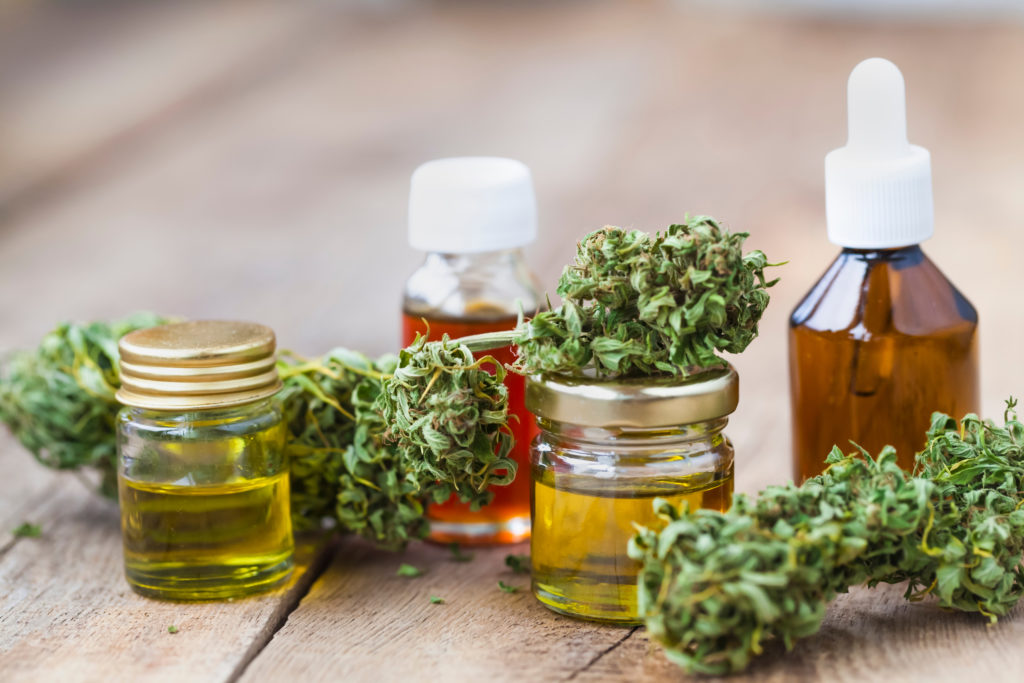
Although there are roughly 150 known cannabinoids, only a handful have made their way into mainstream cannabis discussions. With THC being the most famous cannabinoid, you’d be surprised to learn it has a “cousin” with even stronger effects.
Three years ago, researchers discovered a new phytocannabinoid with a similar chemical structure to THC. Except, this “new THC” with a seven-term alkyl side chain. The additional molecules in the side chain significantly increase the potency of this “new THC,” which the researchers defined as tetrahydrocannabiphorol (THCP).
Does THCP Get You High?
In short, yes. The THCP effects are similar to those of THC but stronger. THCP binds to both CB1 and CB2 receptors and is 33 times more active at CB1 receptors than THC. It’s also five to 10 times more active at CB2 receptors than THC.
In mice, THCP decreased motor activity, body temperature, and displayed pain-relieving properties. In essence, it had the same sedative, “couch-lock” effects of THC but at much lower doses.
So in humans, you could theoretically take less THCP to achieve the same therapeutic effects as THC. However, clinical studies are needed to determine how intense the THCP high feels compared to THC.
When Was THCP Discovered?

THCP was discovered in 2019 by a group of researchers in Italy. The original study was published in the Scientific Reports journal. Since then, there have only been two other studies published on THCP.
It is still unclear how commonly occurring THCP is in cannabis. According to one of the studies, the raw form of THCP, THCPA, has been identified in at least 49 varieties of cannabis.
Another study looked at the THCP content of several strains you may recognize from recent trips to dispensaries — OG Kush, Wedding Cake, Ultimate Purple, Sweet Afghan Delicious, and Killer Kush. They compared the THCP content of THC-dominant varieties of cannabis to those that are CBD-dominant.
To their surprise, the researchers identified THCP in all of the THC-dominant varieties. THCP was not detected in any of the CBD-dominant strains.
Why is THCP So Strong?
THCP potency is significantly higher than other forms of THC. Not only is THCP 33 times more active than THC, but it’s 63 times more active than THCV and 13 times more active than THCB. The presence of the seven-term alkyl side chain increases THCP’s binding with CB1 receptors.
For context, an alkyl group is an alkaline that’s missing one hydrogen molecule. It is made of carbon and hydrogen molecules. A side chain is a chemical group that branches off from the original molecule’s main chain or “core” part.
Thus, THCP has additional carbon and hydrogen atoms that increase its binding affinity with CB1 receptors. All cannabinoids have these alkyl sidechains, but they vary in length, thus varying their ability to bind with endocannabinoid receptors. Cannabinoids need a minimum of a three-term alkyl side chain to bind to ECS receptors.
Scientists have played around with this binding property by creating synthetic cannabinoids that have longer alkyl side chains to increase the potency of these man-made cannabinoids.
However, THCP is entirely natural. In the study that first discovered it, THCP was extracted from an Italian strain of medicinal cannabis called FM2. Prior to discovering THCP, there had been no naturally occurring cannabinoids identified that had an alkyl side chain containing five or more carbon atoms.
Side Effects of THCP
The specific side effects of THCP in humans have not been documented. However, considering that it acts very similarly to THC, it would likely have the same side effects but more potent if you were to take too much THCP.
Common side effects of THC include:
- Psychoactive effects — feeling “high,” euphoric, sedated, or paranoid
- Increased heart rate
- Difficulty balancing or slowed movements/reaction times
- Difficulties with short-term memory
- Dry mouth
- Eye redness
Is THCP Legal?
All THCs — whether they are Δ9-THC, THCV, THCP, or a synthetic — are classified as Schedule I substances. As explained by the DEA, “‘Tetrahydrocannabinols’ refers to all forms of THC (natural or synthetic), while the subsequent lines refer to synthetic equivalents of the substances contained in the cannabis plant and synthetic substances with similar chemical structure and pharmacological activity.”
Δ8-THC just so happened to slip between the cracks into a legal gray area because it can be sourced from hemp. However, it technically falls within the Schedule I definition of “all tetrahydrocannabinols,” as well.
Therefore, you likely won’t find any THCP cartridges, tinctures, flower, or edibles in states without an established medical or recreational cannabis program.
Key Takeaways: THCP is Stronger Than THC

THCP is one of the most recently discovered cannabinoids. While it behaves similarly to THC, it is far more potent than its more famous “cousin.” THCP is stronger than THC because it has an additional alkyl side chain that increases its binding to CB1 and CB2 receptors.
As research continues on this new cannabinoid, it could be a viable substitute for THC in that you could take less THCP and achieve the same therapeutic effects as THC.
However, as it currently stands, THCP is only permitted in states with established medical or recreational cannabis programs. As a form of tetrahydrocannabinol, it falls within the DEA’s Schedule 1 definition of THC.
References
- Bueno, J., & Greenbaum, E. A. (2021). (−)-trans-Δ9-Tetrahydrocannabiphorol Content of Cannabis sativa Inflorescence from Various Chemotypes. Journal of Natural Products. https://doi.org/10.1021/acs.jnatprod.0c01034
- Citti, C., Linciano, P., Russo, F., Luongo, L., Iannotta, M., Maione, S., Laganà, A., Capriotti, A. L., Forni, F., Vandelli, M. A., Gigli, G., & Cannazza, G. (2019). A novel phytocannabinoid isolated from Cannabis sativa L. with an in vivo cannabimimetic activity higher than Δ 9-tetrahydrocannabinol: Δ 9-Tetrahydrocannabiphorol. Scientific Reports. https://doi.org/10.1038/s41598-019-56785-1
- DEA. (2001). 2001 – Interpretation of Listing of “Tetrahydrocannabinols” in Schedule I. DEA Diversion Control Division. https://www.deadiversion.usdoj.gov/fed_regs/rules/2001/fr10092.htm
- Libretexts. (2022, February 1). 3.3: Alkyl Groups. Chemistry LibreTexts. https://chem.libretexts.org/Bookshelves/Organic_Chemistry/Organic_Chemistry_(McMurry)/03%3A_Organic_Compounds-_Alkanes_and_Their_Stereochemistry/3.03%3A_Alkyl_Groups
- Linciano, P., Russo, F., Citti, C., Tolomeo, F., Paris, R., Fulvio, F., Pecchioni, N., Vandelli, M. A., Laganá, A., Capritotti, A. L., Biagini, G., Carbone, L., Gigli, G., & Cannazza, G. (2021). The novel heptyl phorolic acid cannabinoids content in different Cannabis sativa L. accessions. Talanta. https://doi.org/10.1016/j.talanta.2021.122704
- Think About Cannabis. (2022, February 14). What is Delta-8 THC? https://thinkaboutcannabis.com/cannabis-science/what-is-delta-8-thc